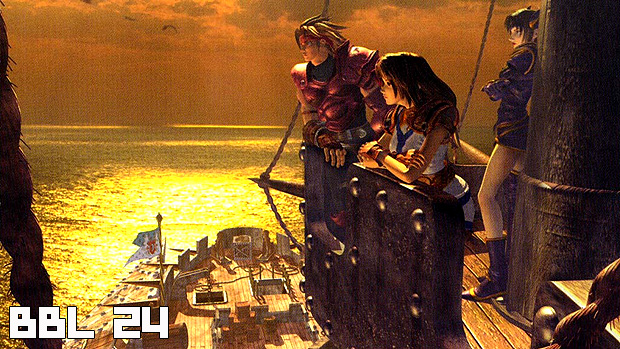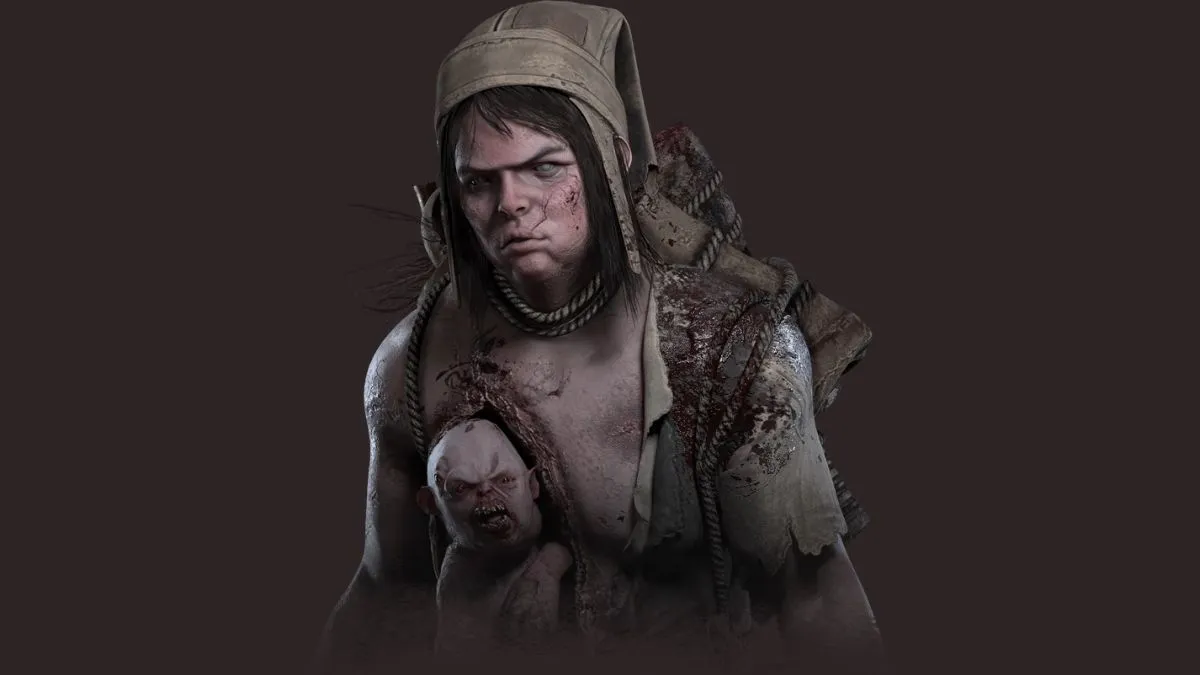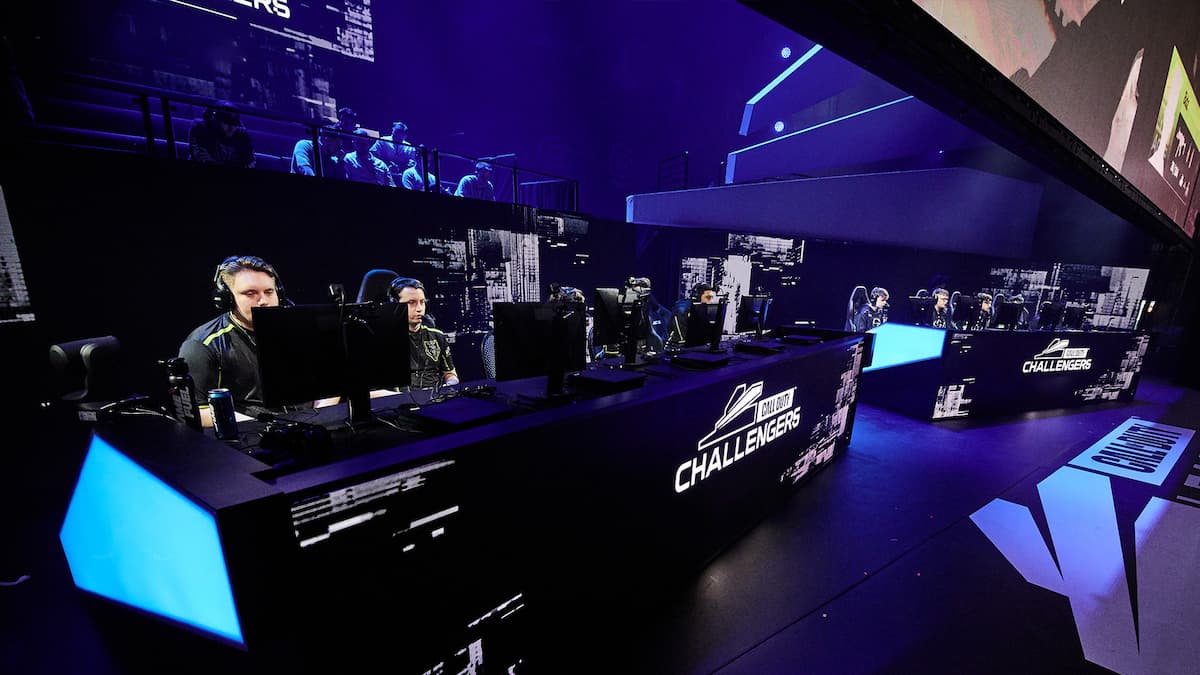As our revered Mr. Monocle informed us last week, the venerated Aaron Linde is in Budapest eating bears, as we speak! So, I was asked to cover this week’s Bargain Bin Laden, and I humbly accepted.
This week, I want to retrospectively wank to Sony’s The Legend of Dragoon. I’ve actually been looking for an excuse to write an article about this game (as it happens to be one of my favorite games of all time); and at the low low price of about $5 at GameStop or 100 Goozex points, it fits the bill for Linde’s weekly ode to frugality.
First and foremost, I have to thank my friend Weston (not that he’ll ever read this) for introducing me to this game so many years ago. As a bespectacled 13-year-old boy, I was blown away by the game’s complex narrative and innovative combat. Seven years later, as a bespectacled 20-year-old boy, I was blown away by how this game has stood the test of time.
The Legend of Dragoon (PlayStation)
Developed by: Sony Computer Entertainment
Released: June 11, 2000
Bargain Binned: $5.00 at GameStop, 100 Goozex points
I’m an ardent fan of role-playing games and have the patience and attention span to suffer all of the tedius battling and menu-navigating that developers can throw at me. For reference, I maxed out all of the job classes for every character in Final Fantasy III: I’m a freak of nature and totally boring.
Fortunately, most gamers aren’t cursed by my compulsive need to grind my way to greatness and most gamers, consequently, are bored by RPGs. Thankfully, The Legend of Dragoon brilliantly supercedes this problem with the Addition system.
If you watch the above video, the first thing you’ll notice are those funny blue and orange boxes that swoop around the screen as your character attacks. (Actually, the first thing you’ll notice are the dated graphics and cookie-cutter dialogue, that’s not the point.) One box sits in the middle of the targeted enemy while the other flies towards with alarming speed and irregularity. If you manage to hit X at the right moment, another box appears, thus continuing the combo. If an orange box appears, then your target is attempting to counter your attack. Screw it up and not only do you fail to complete the combo, but you take a hefty amount of damage for your troubles.
Back before rhythm games were cool, I was figuring out the pattern to Additions, all of which vary according to the character. Dart’s Additions are relatively steady and metered, while Albert/Levitz’ are staccato, rapid-fire. Meru’s Additions have a sing-song, waltzy quality to them. To boot, the best voice acting ever can be heard after successful Additions. “Crush Dance!”
Completing Additions gives a myriad of bonuses: the damage to your enemies increases, you gain Spirit Points, and the successful completion of Additions unlocks stronger combos. Most importantly, it gives you something to do during the thousands of rounds you will spend attacking. TLoD wasn’t the first RPG to shake up the combat, nor will it be the last, but it certainly did it with more creativity and regularity than any others I can think of.
Additions become doubly important when you realize that, for the most part of the game, “Attack” is the only viable option. The combat menu is limited to Attack, Guard, Item, and Run.
Period. That’s it. No magic.
Eventually, our intrepid warriors will be able to use their Spirit Points to become possessed by a dragon spirit — can we talk about how cool that is? — ut even then, their options are limited to a few spells and skills. Additions are, by and large, your only mechanism for violence, and Sony were smart to at least make it elegant. In short, combat is simple, and straightforward and dovetails nicely with the Dragoon mechanic, the fulcrum upon which the entire game rotates.
The Legend of Dragoon’s narrative arc, though, is as confusing as the combat is simple, tied together with an imaginative Creation Myth and a few timid remarks on racial equality. The game’s protagonist is Dart, who is trying to avenge his parents’ death at the hands of the Black Monster. Predictably, he worms his way into bigger problems — civil wars and ancient plots to destroy the world.
The games subplots are twisting and nebulous and threaten to turn a dense game into an incomprehensible mess. Some mental gymnastics may be required to piece each point together, but The Legend of Dragoon is entertaining and worth exploration, even while it never sets the narrative bar particularly high.
However dense, the story is incredibly linear — after leaving a city, there’s absolutely no reason to return to it. Not only is there nothing to do in older cities, but you would have to change discs to reach them — sidequests aren’t a big part of The Legend of Dragoon.
The crisp, active, fun combat and heavy, plodding narrative more than justify its low price tag and conspicuous faults. The Legend of Dragoon brings a bit of energy to a genre that, at the turn of the century (and still today) had a reputation for monotony and, while never brilliant, was a shining point in my youthful repertoire.
And did I mention that Dart gets possessed by a dragon?!




